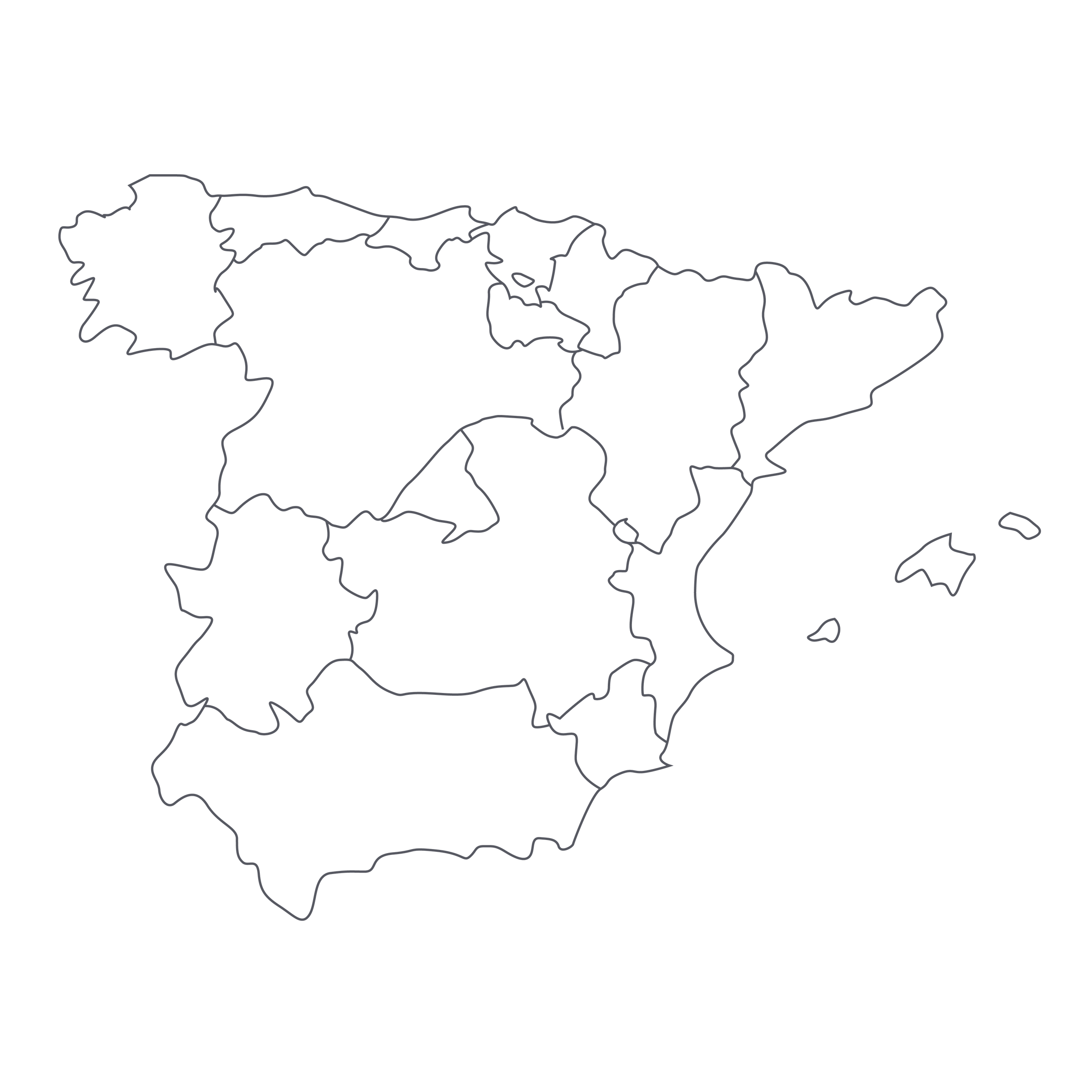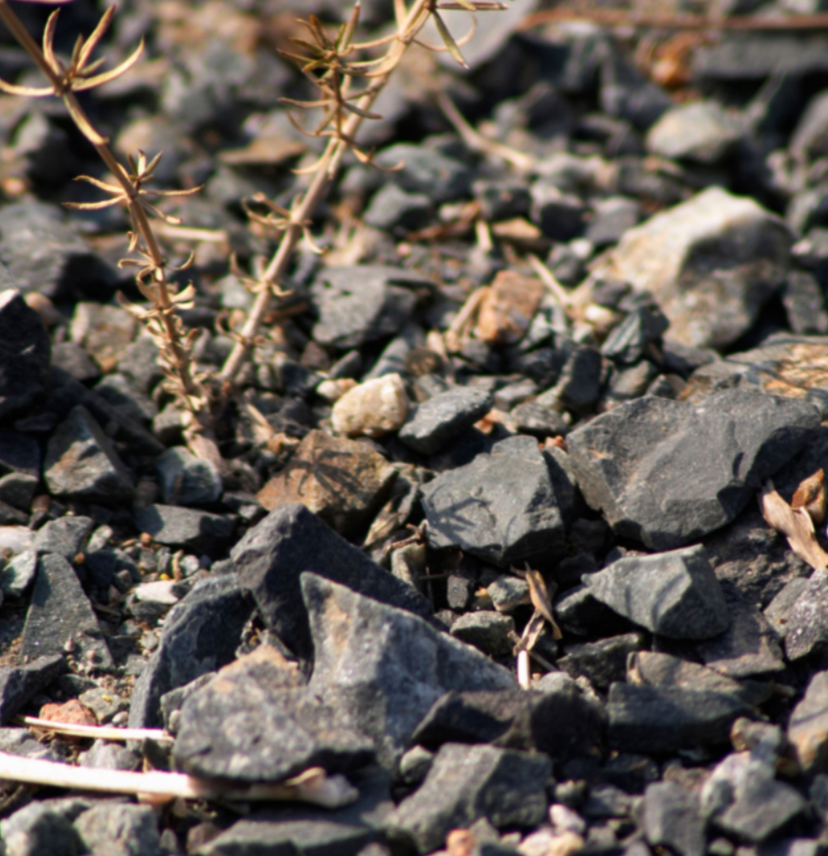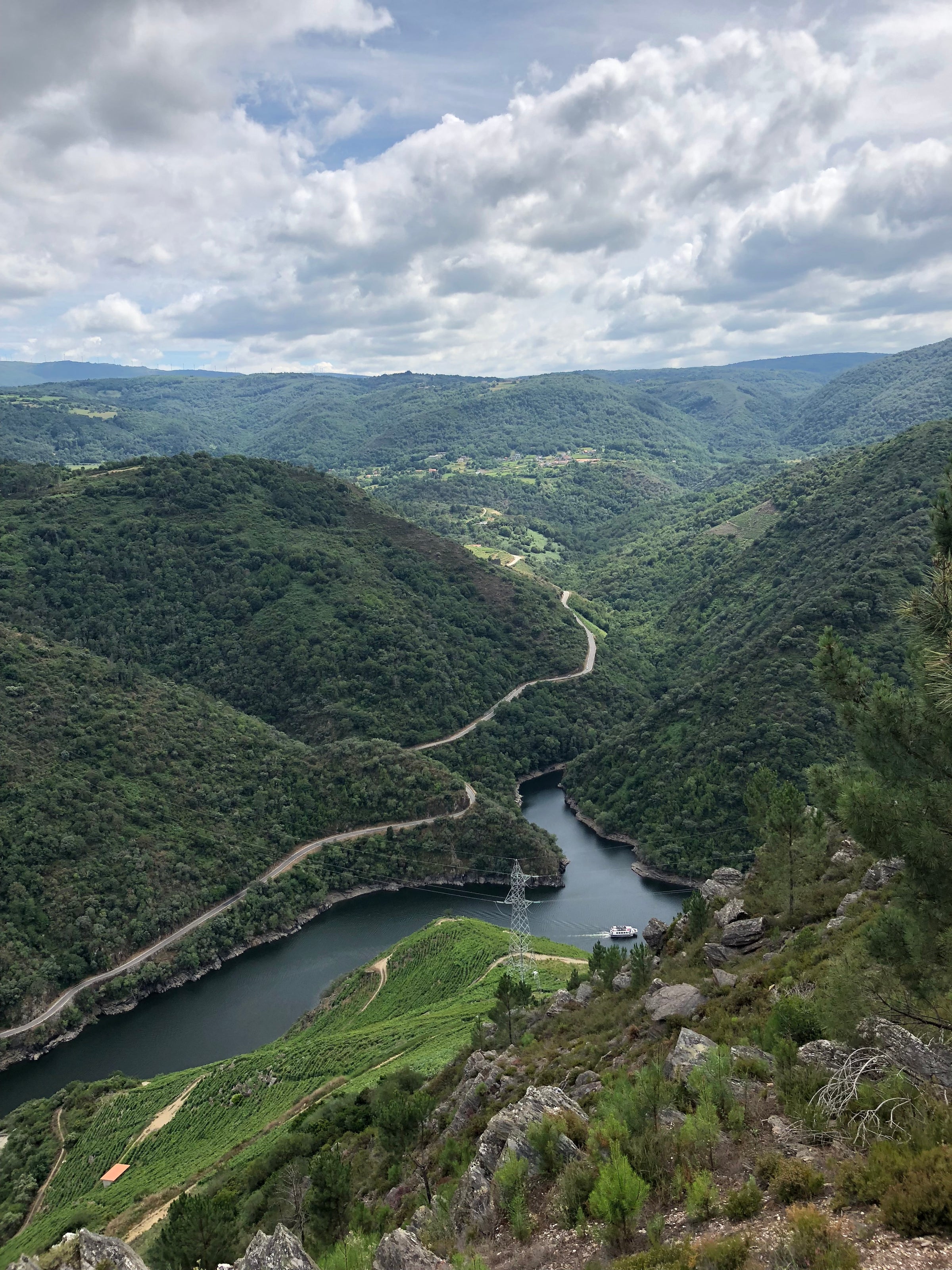When two determined, self-taught winemakers, Pere Ignasi Obrador and Miquelàngel Cerdà, started Ànima Negra near their hometown of Felanitx on the island of Mallorca in 1994, Mallorcan wine was no longer the divine nectar that Rome’s Pliny the Elder once raved about. Phylloxera, two world wars, a civil war and a massive tourism upstart had changed the face of the once celebrated island’s wine industry forever. In the late 1800’s, there were 75,000 acres under vine and today there are only around 2,500. Land prices skyrocketed with tourism and the little wine produced on the island lacked structure and quality. Armed with passion and Pere’s family dairy farm, the two resolute men converted a 13th-century dairy, and two extra milk tanks, to craft their inaugural vintage from indigenous grapes sourced from around the estate. After achieving promising results, they were encouraged to glean as much knowledge about viticulture and winemaking as possible from leading Spanish and French oenologists. They crafted cement fermentation tanks and fully converted the ancient farmhouse into a winery. They scoured the countryside for premium indigenous fruit grown in excellent soil. Today, Ànima Negra has garnered a stellar reputation across Europe and was recently awarded the prestigious Ark of Taste from the Slow Food movement. The Ark of Taste has recognized their unique efforts to craft world-class wine and revive the indigenous Callet varietal to its former glory. One of the most stunning off-the-beaten-path wines we’ve experienced in the wine world, the Ànima Negra ÀN/2 is a rare gem you must experience.
Nestled on the southeastern side of Mallorca near the town of Felanitx, Ànima Negra is crafted in Pere’s old Son Burguera farmhouse that was built in the 13th century. Rooted in calcareous silt and iron oxide at 330-feet with northwestern exposure, the 54 to 89-year-old vines for ÀN/2 are dry-farmed without fertilizers, insecticides or herbicides and are tended with organic and biodynamic practices. The fruit is a blend of indigenous 65% Callet, 20% Mantonegro-Fogoneu, and 15% Syrah that is pulsating with life and energy. Fermented in stainless and cement with only native yeast for 4-7 days then briefly macerated for 10-15 days, the wine is then aged for thirteen months in 80% French and 20% American oak barriques that range from new to three years old. The wine is aged for an additional six months in bottle before release. The result is a world-class, terroir-driven wine with the unique fingerprint of the best Mallorca has to offer at a remarkable price point.
The 2013 ÀN/2 displays a highly reflective dark ruby red core with a touch of garnet on the rim. Lively aromas of slightly dried black and red plum, red cherry and a touch of raspberry give way to an array of wild island herbs, anise, crushed stone and a hint of well-integrated exotic spices. Medium-plus in body, the palate delivers a luscious round mouthfeel, soft tannins, layers of flavors, with slightly dried red and black fruit, all wrapped in a hint of island air salinity. The only problem with this incredibly addictive red is that it disappears almost as soon as the wine is poured into your guest's glass. ÀN/2 is enchanting at this very moment and will continue to delight for the next 3-5 years. Simply decant for thirty minutes and serve at 60-65 degrees in Burgundy stems for optimal results. An ideal pairing partner for barbecue, this wine is divine alongside
this braised rabbit ravioli.





